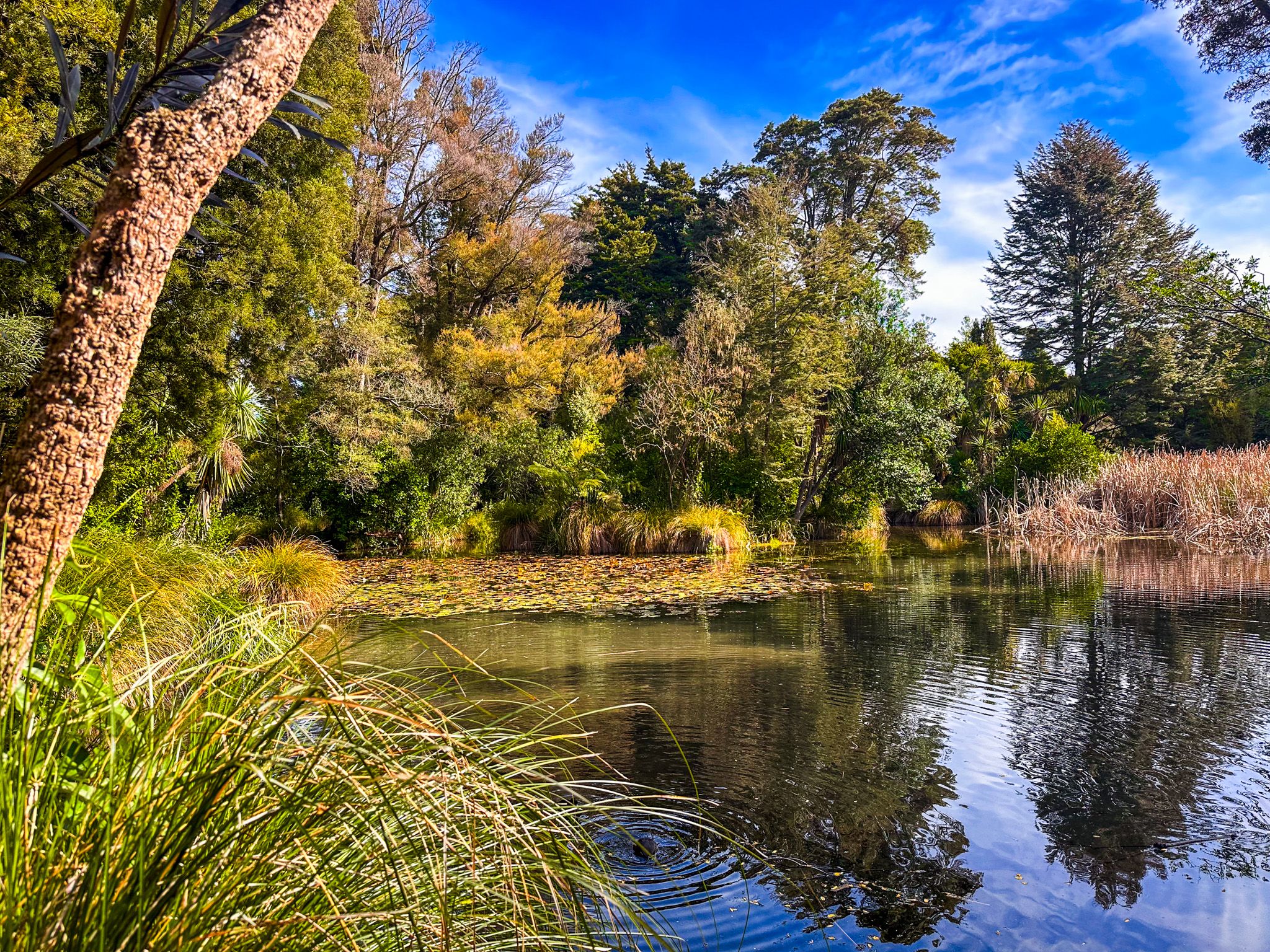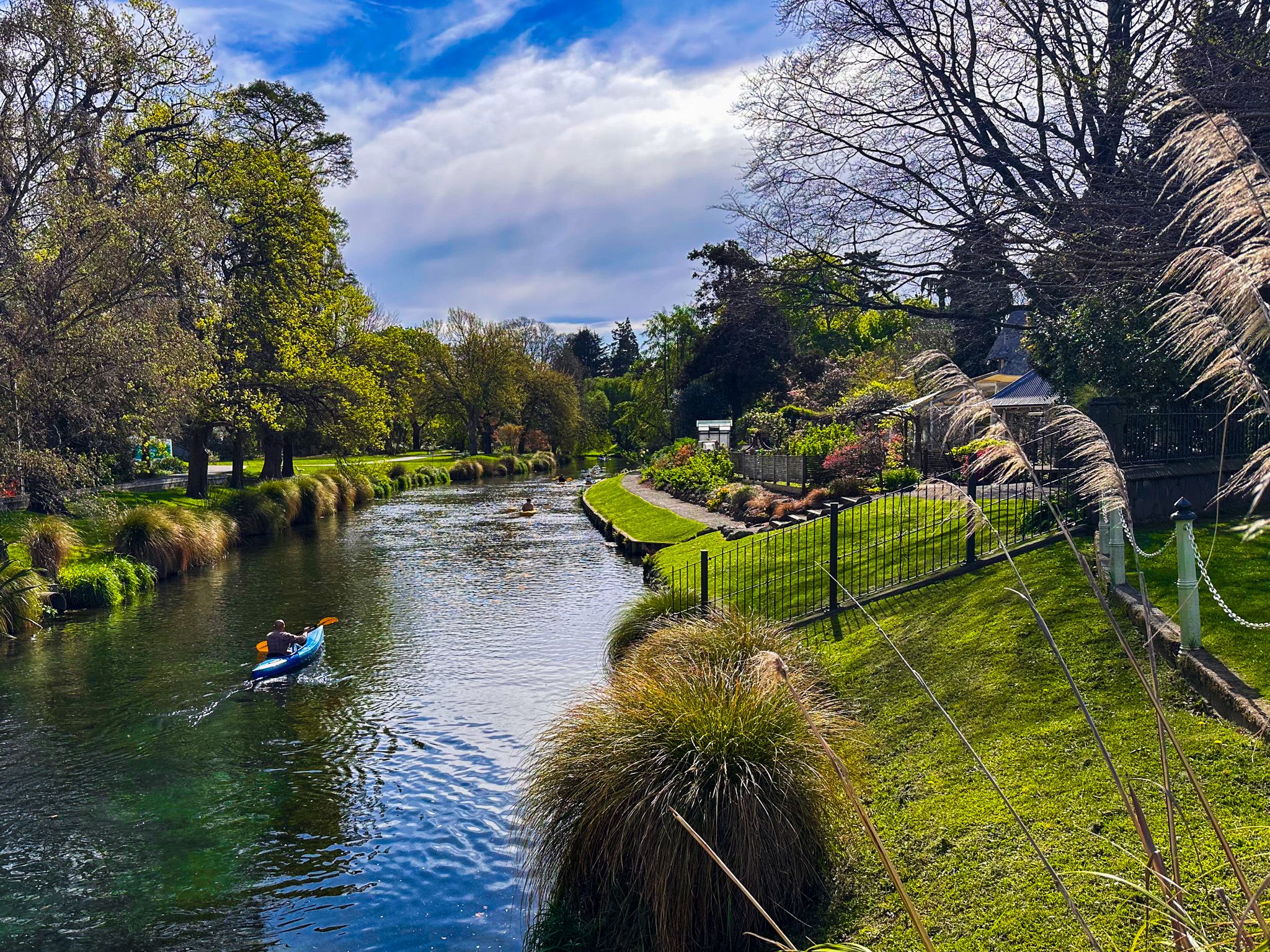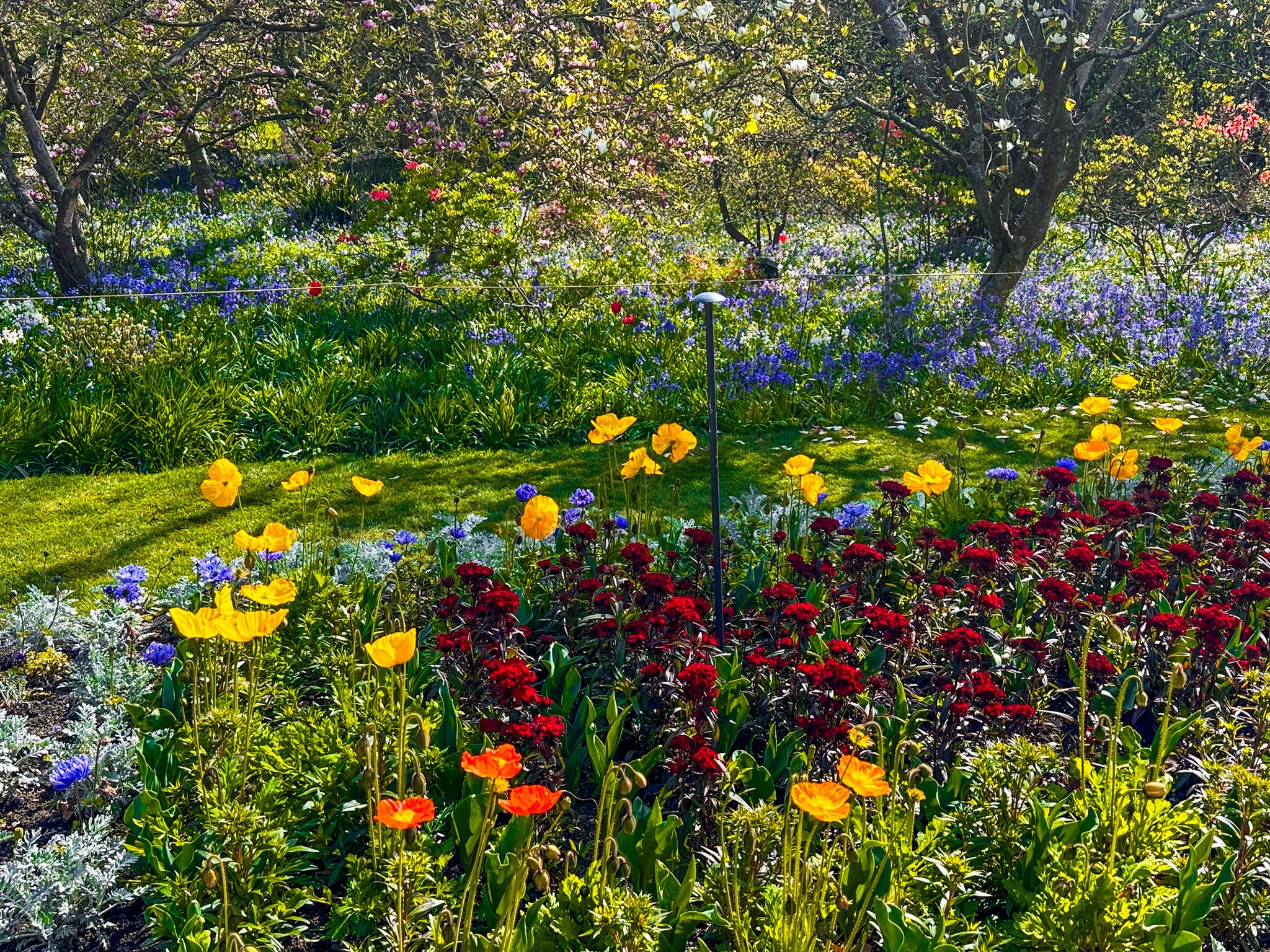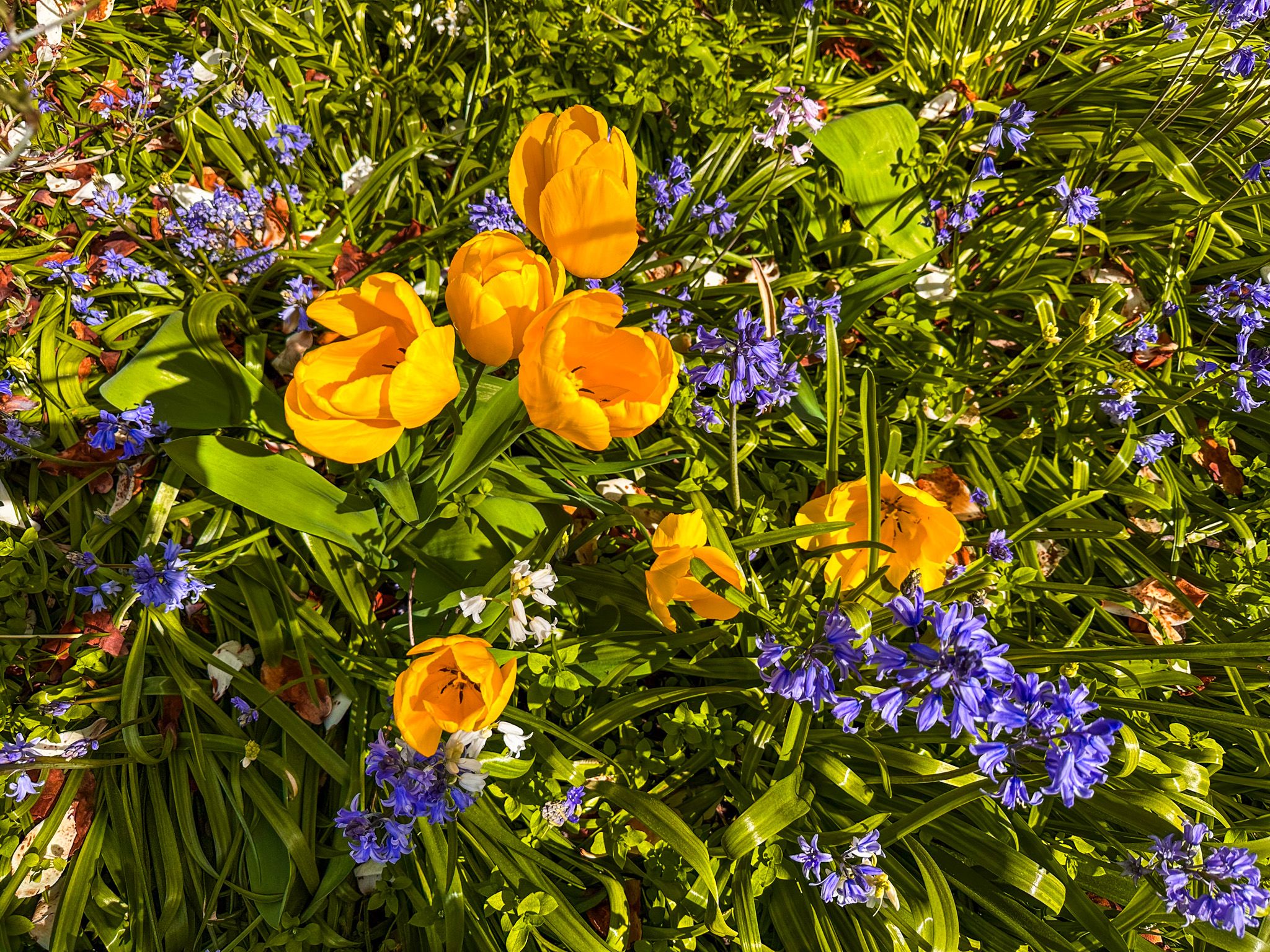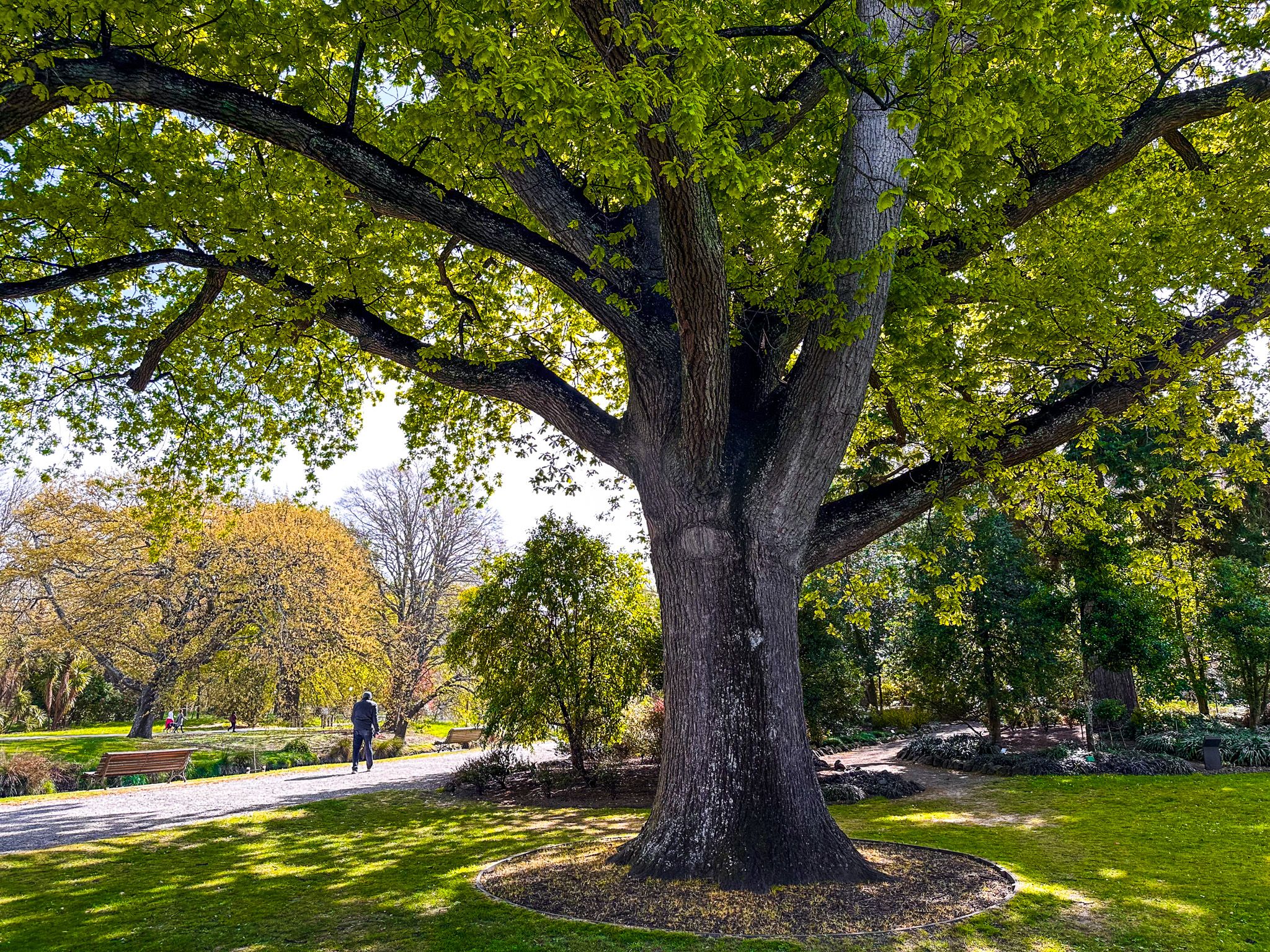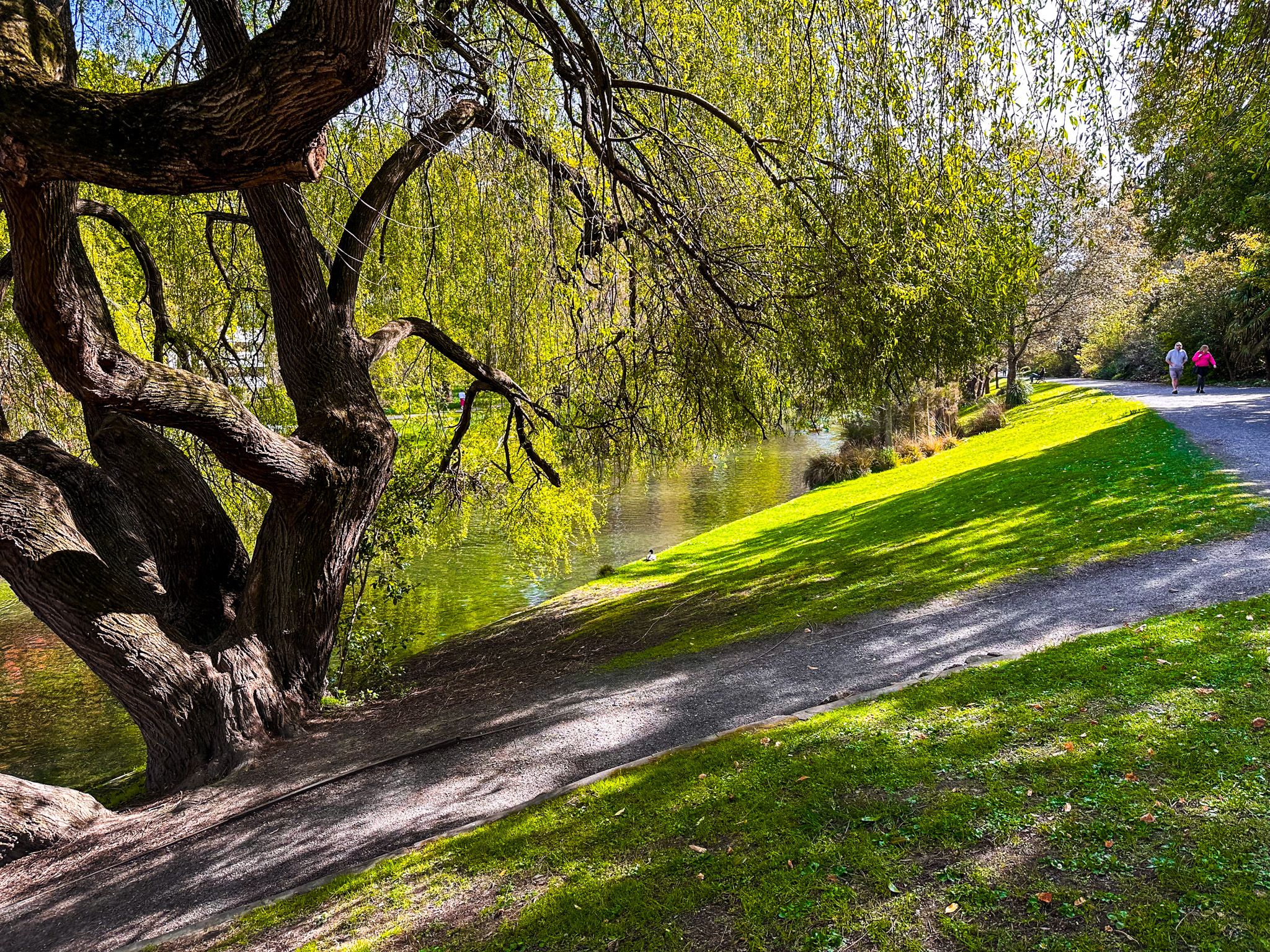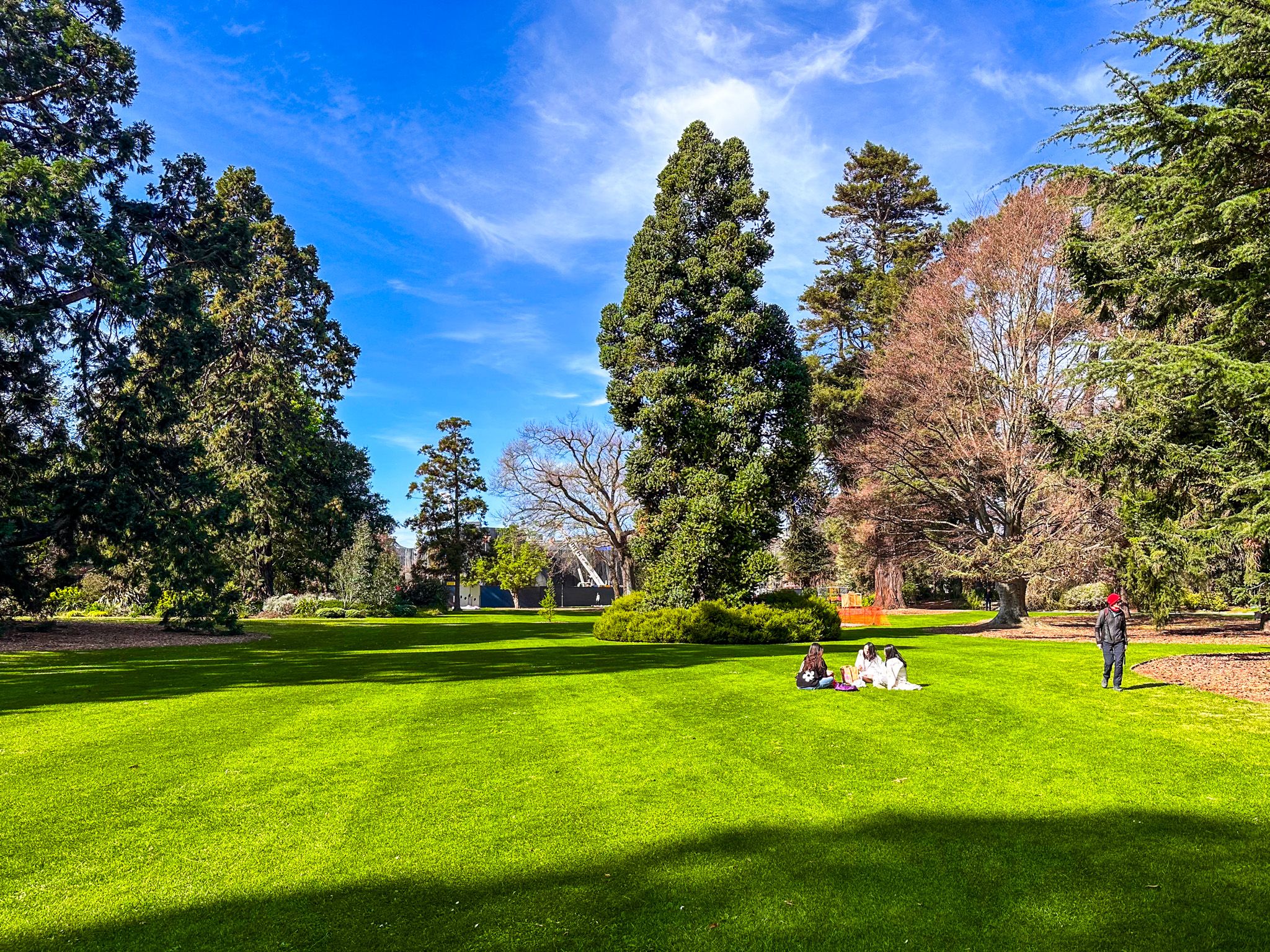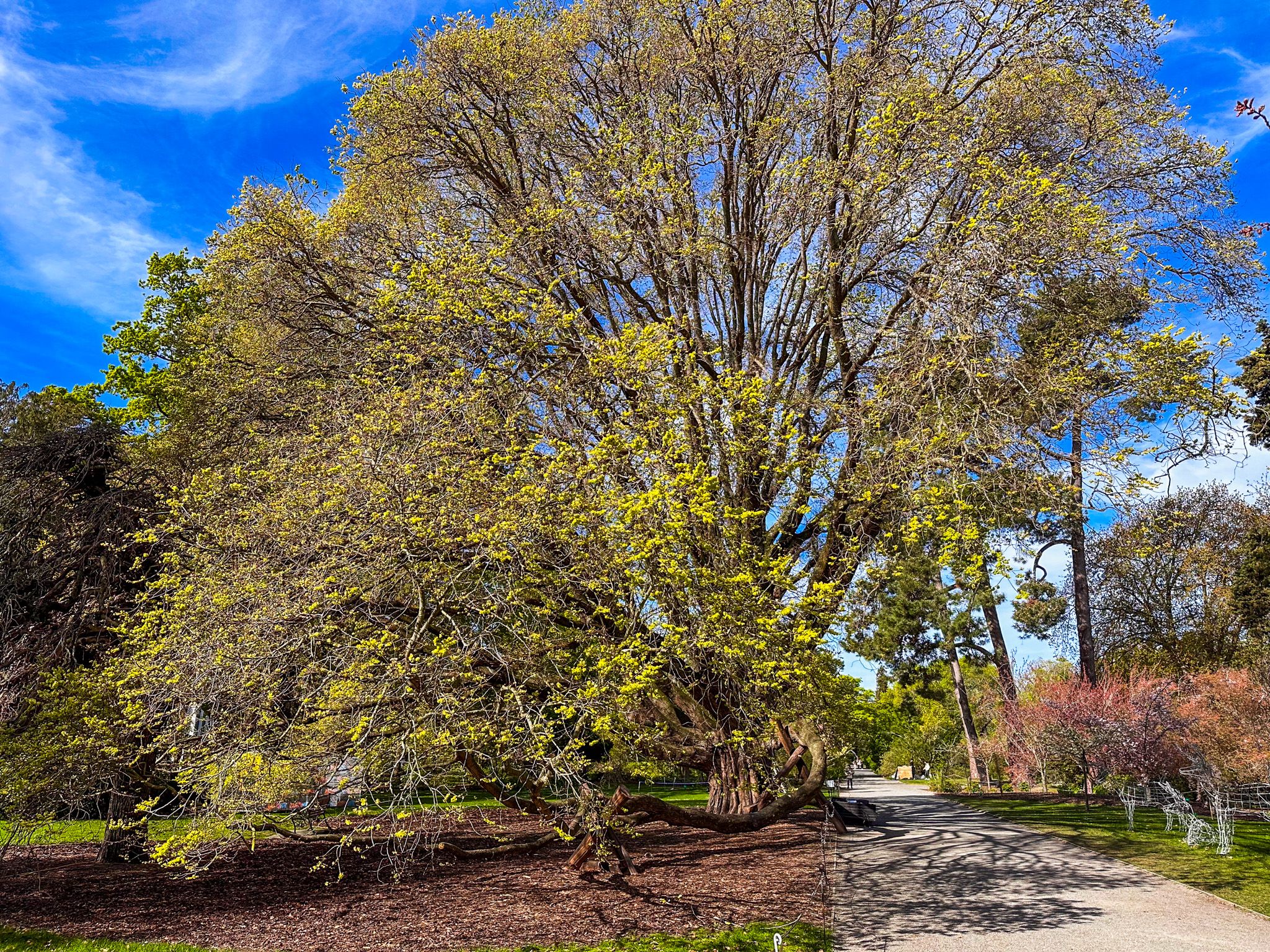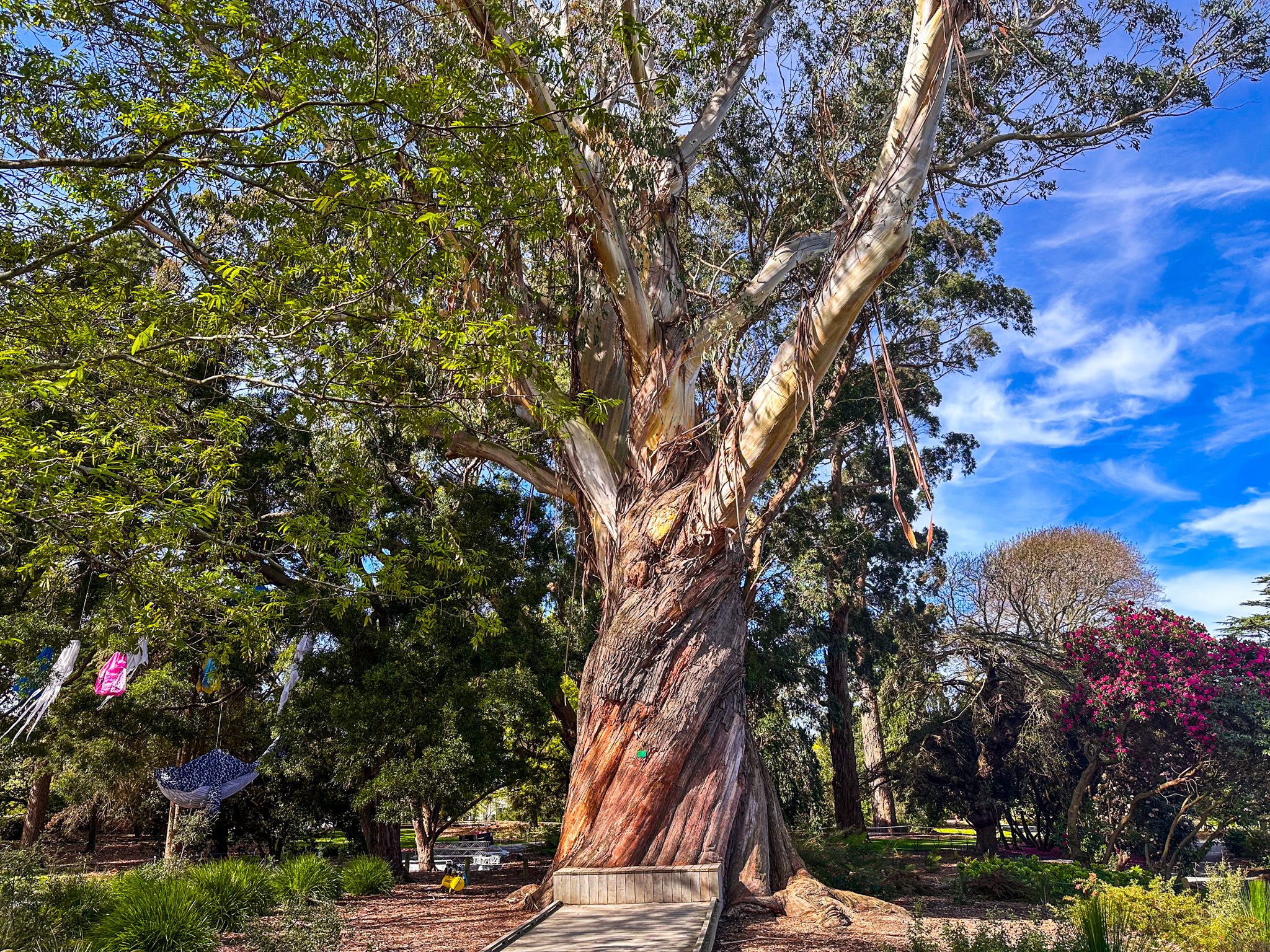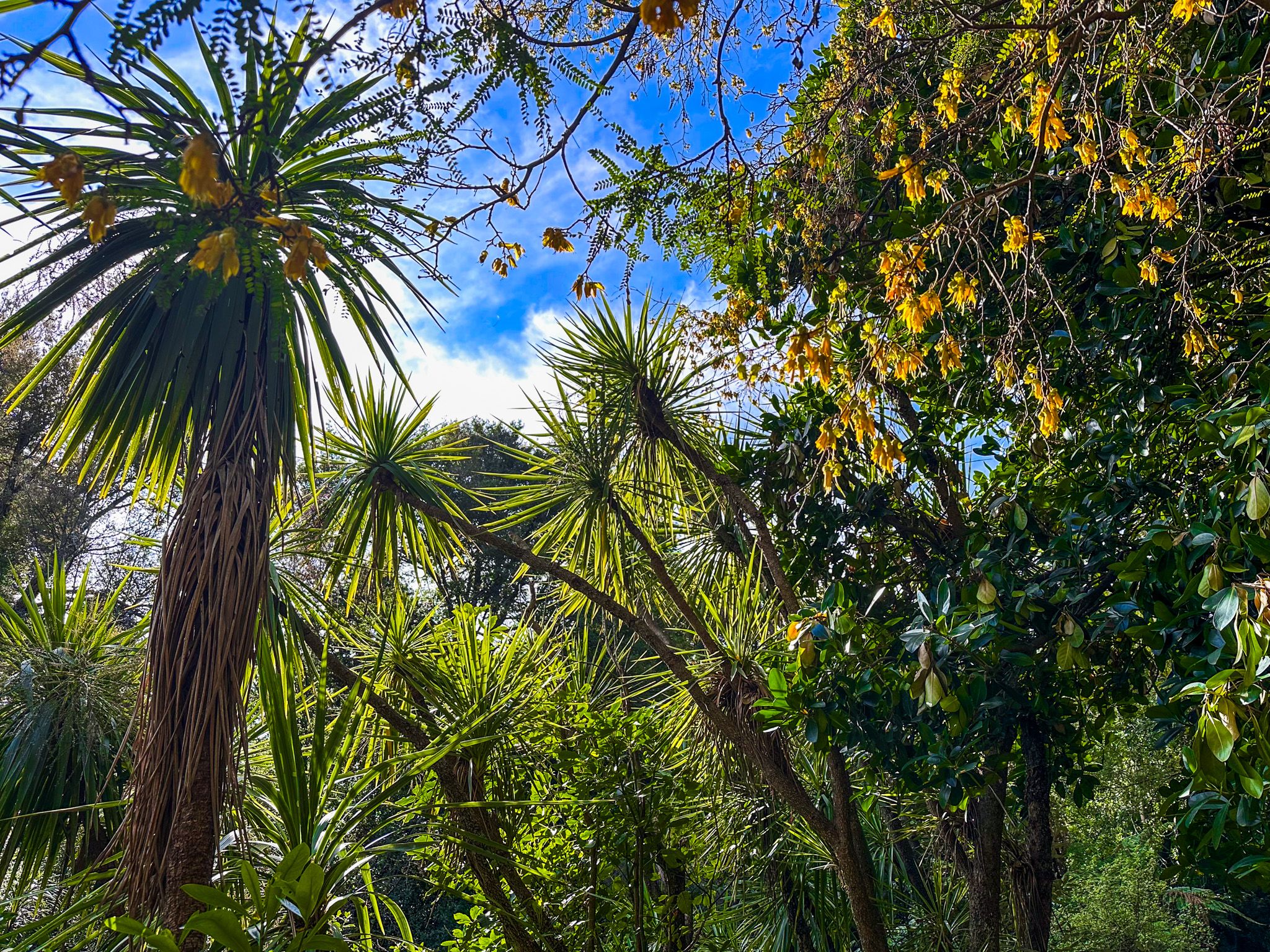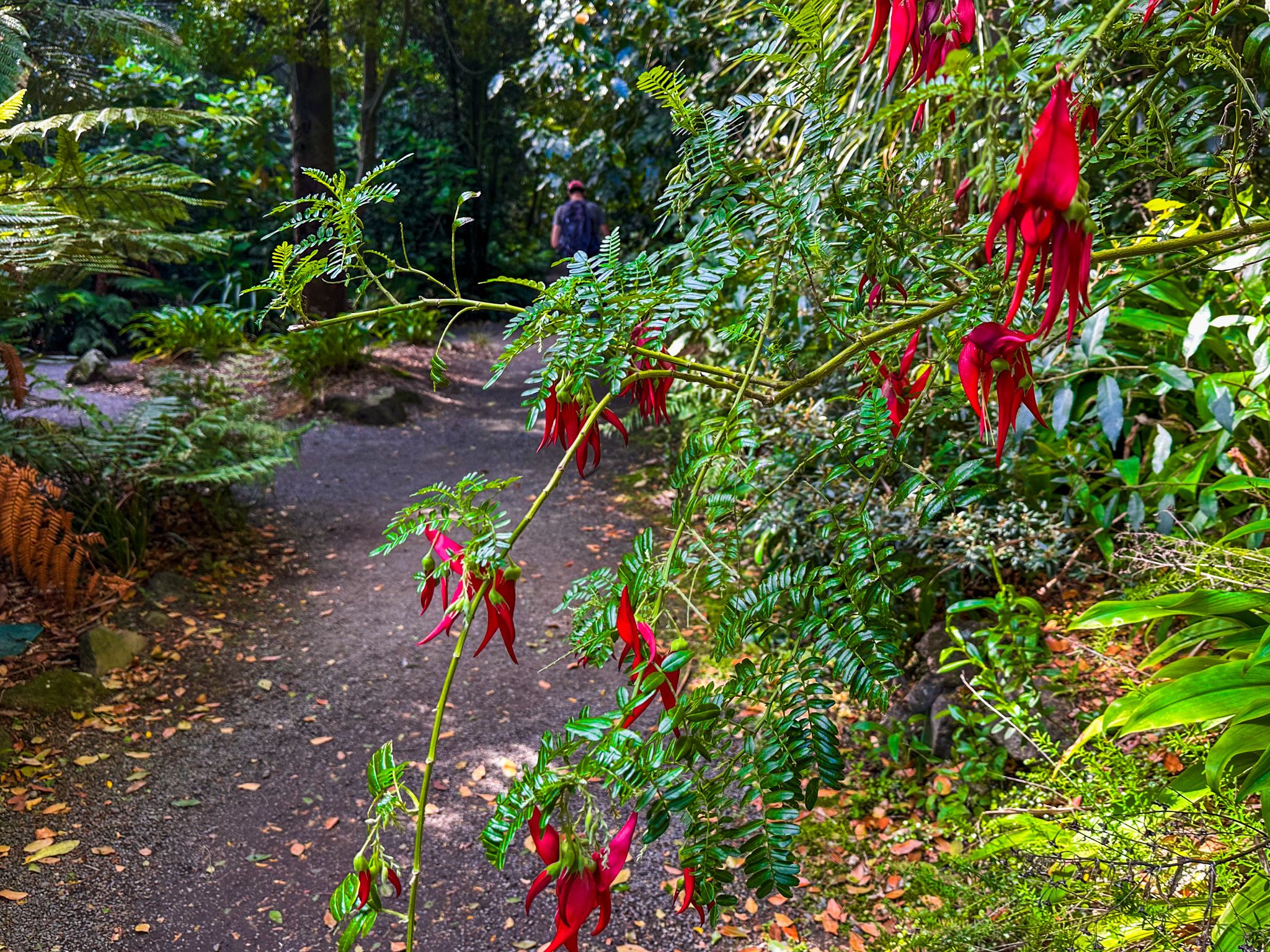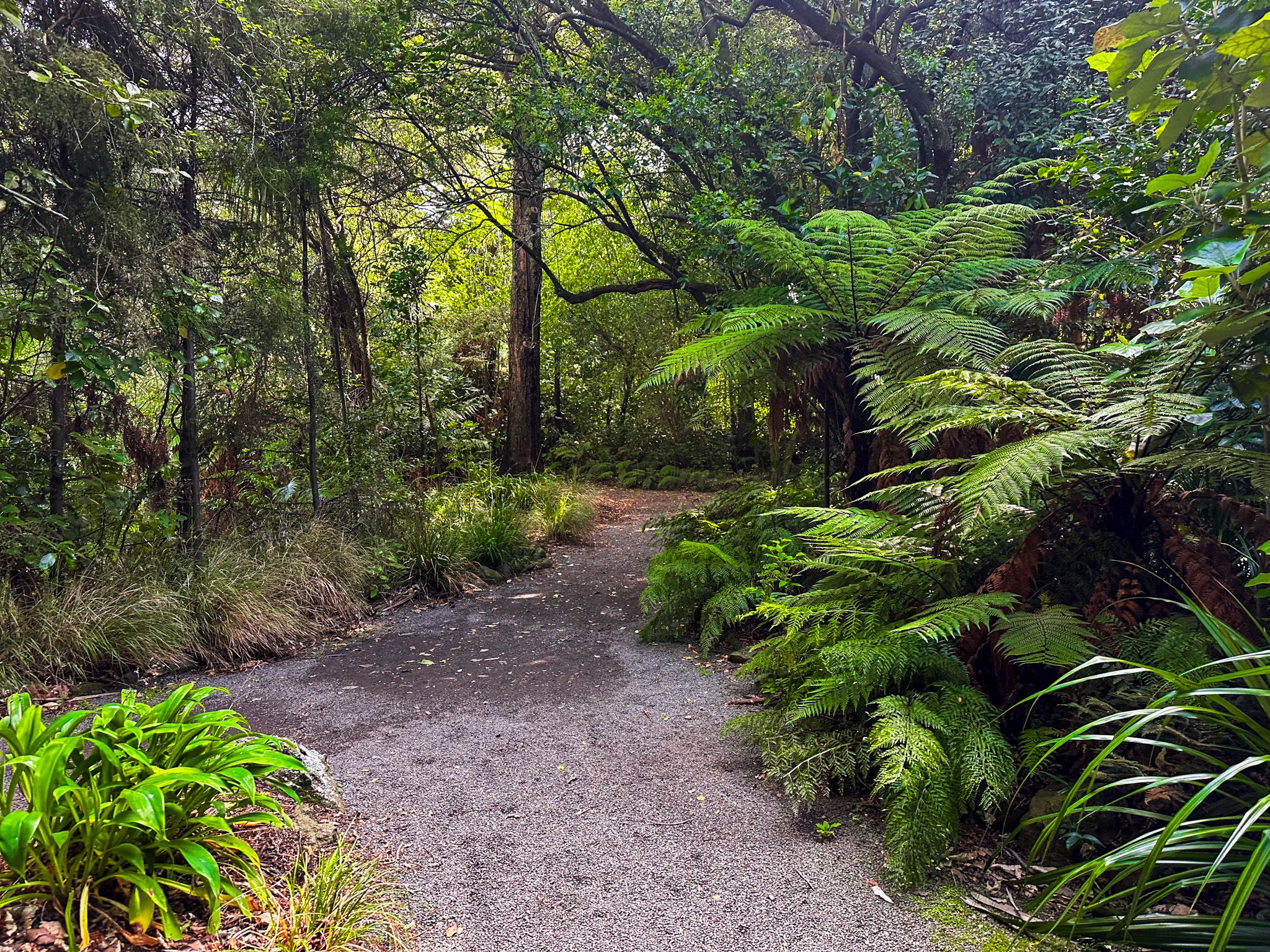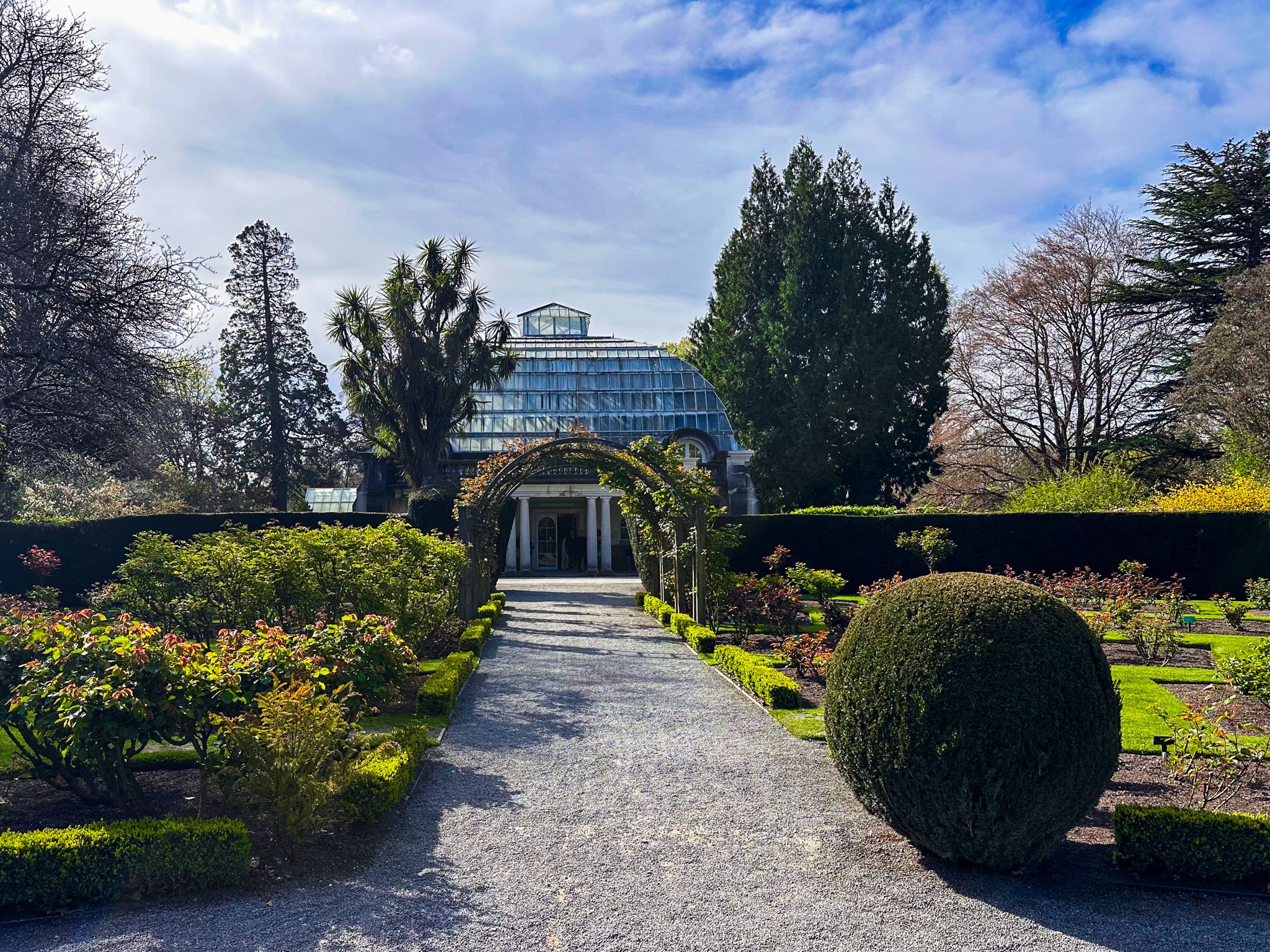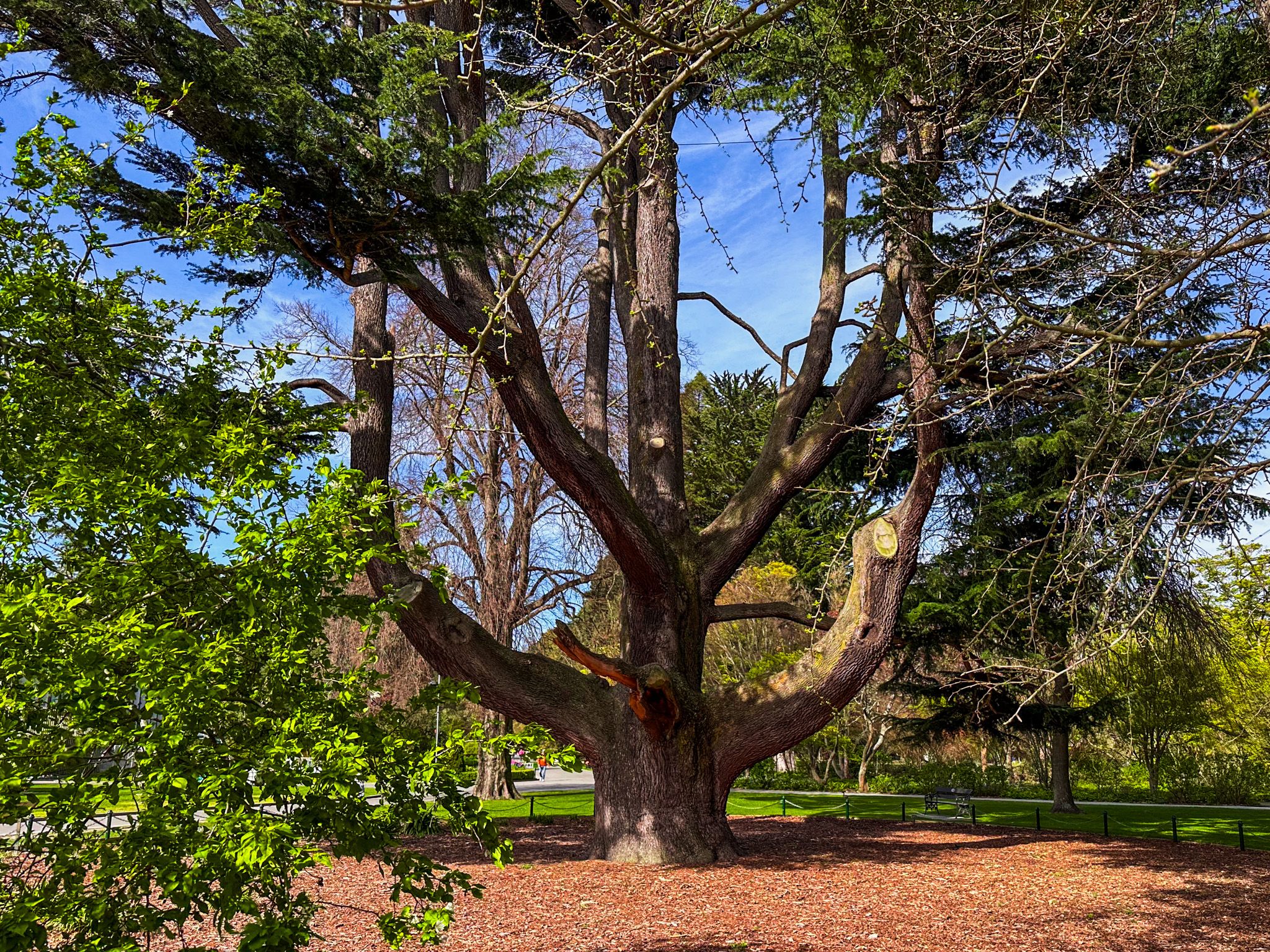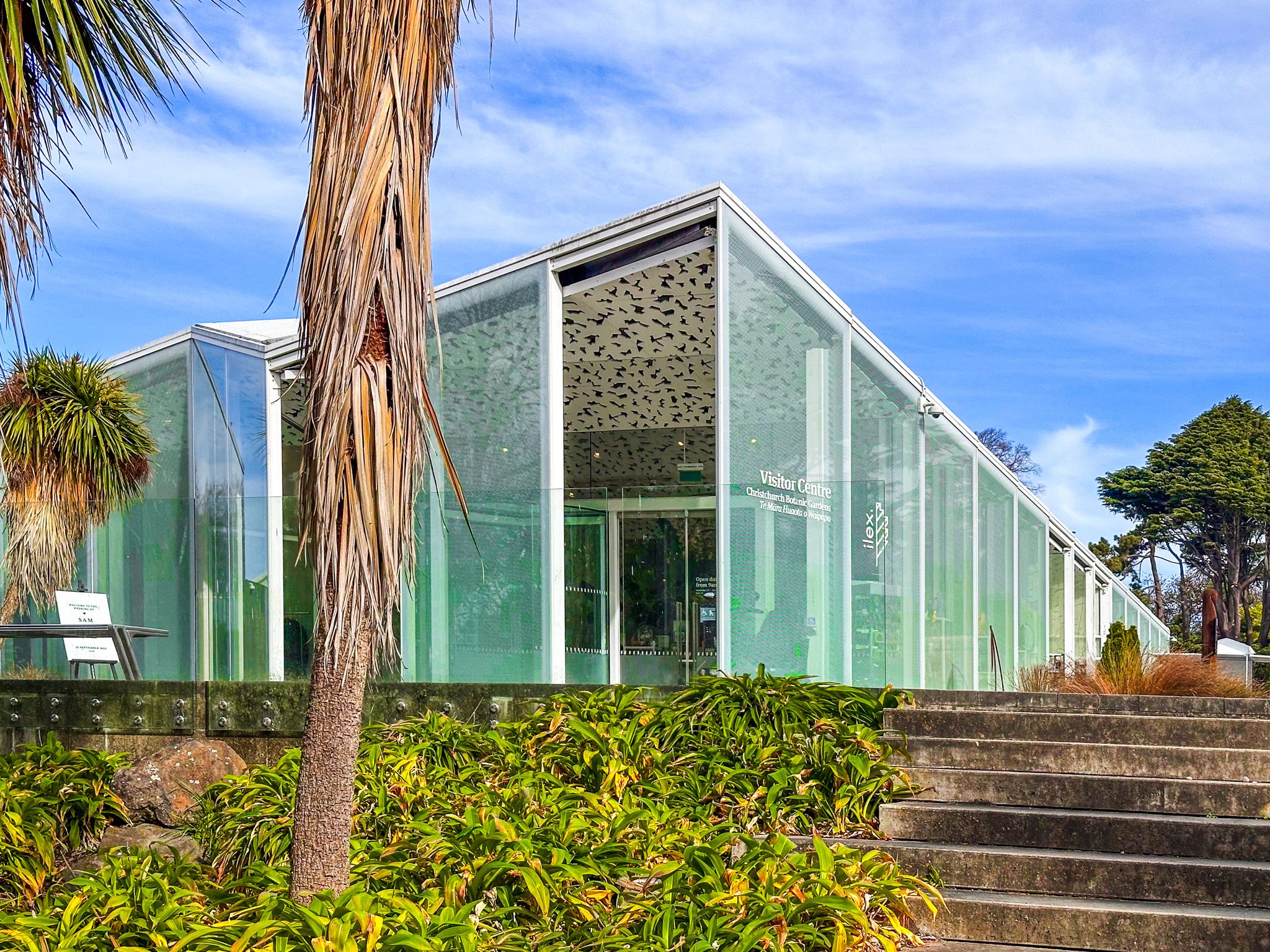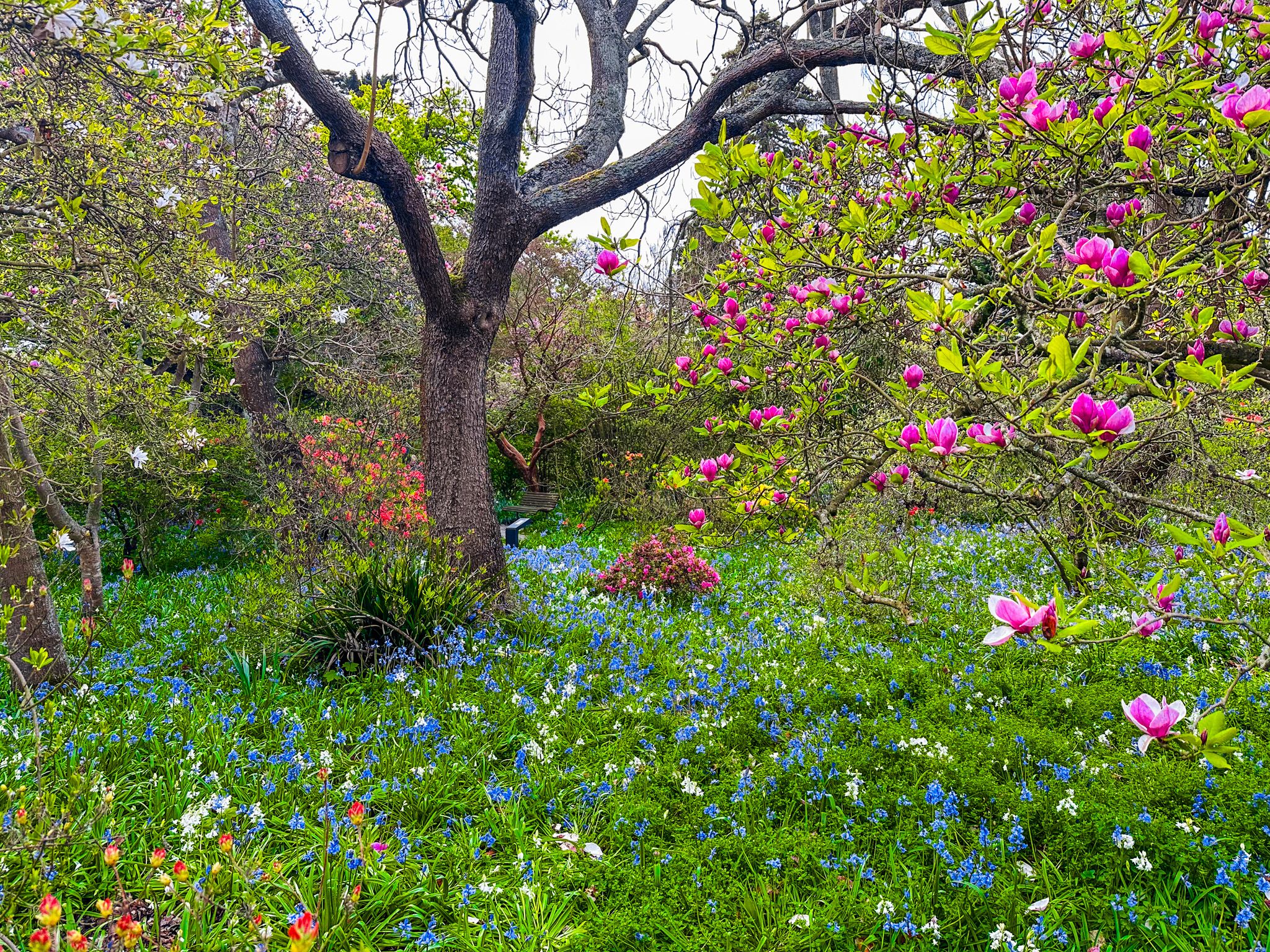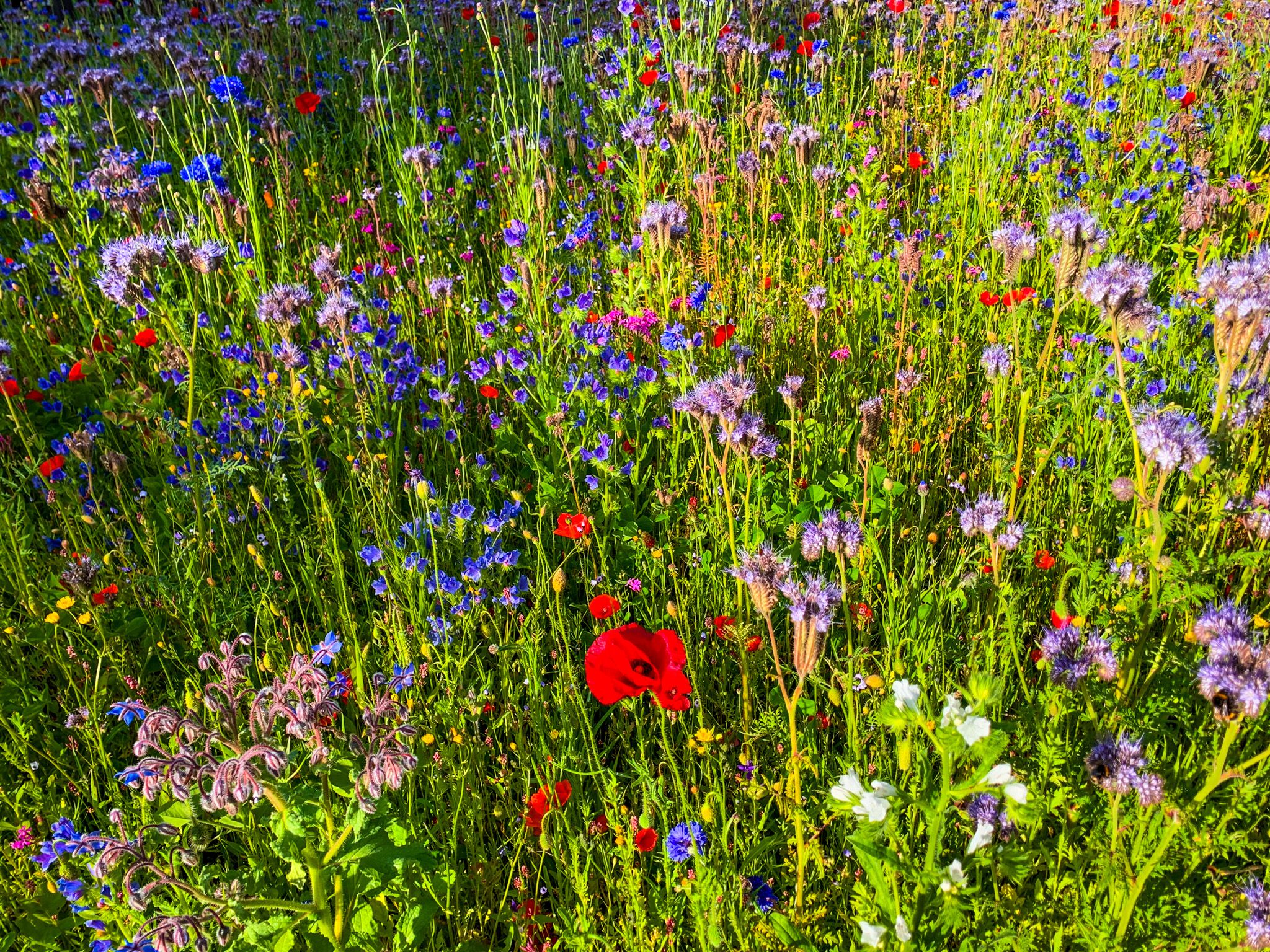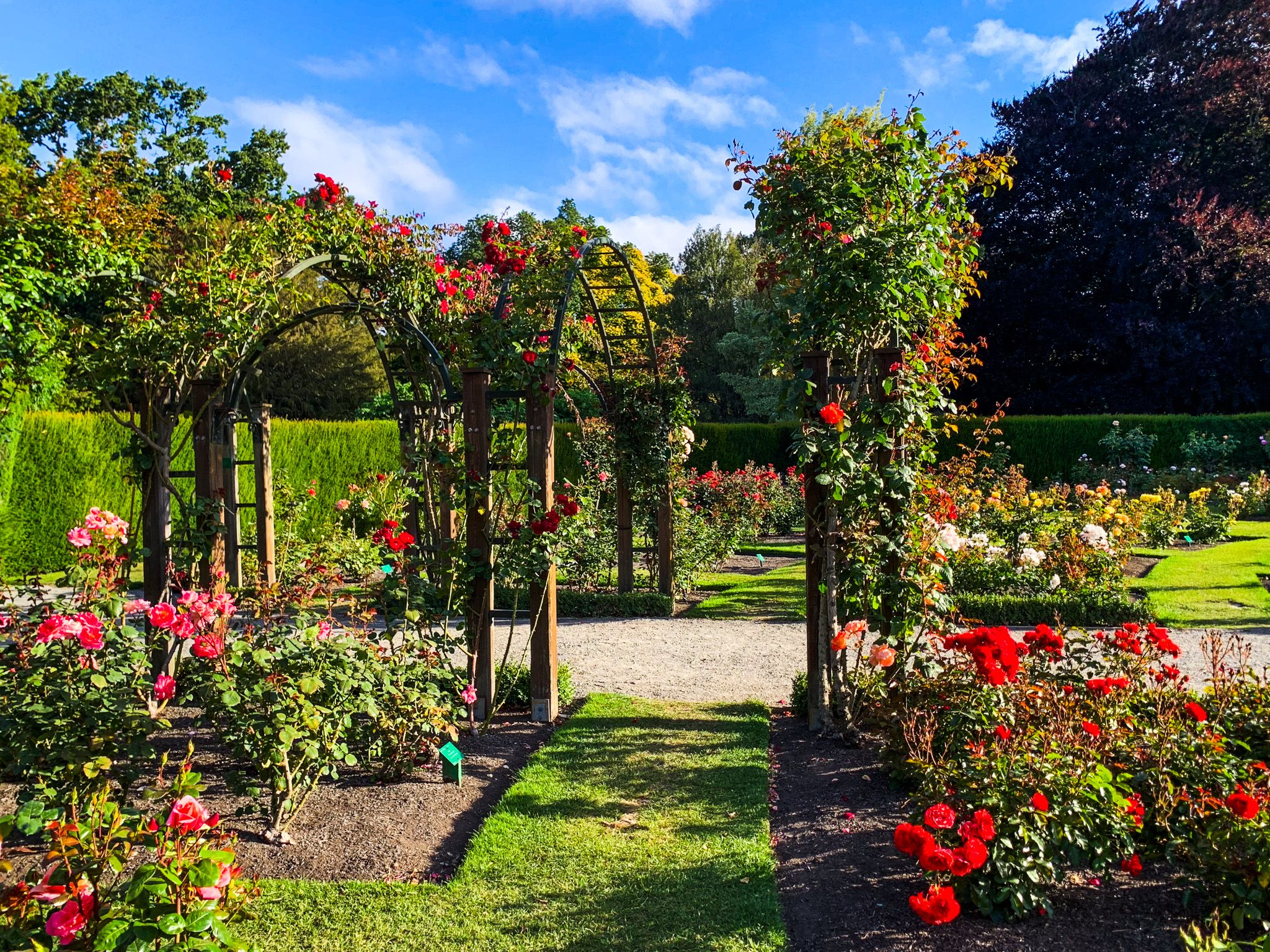Exploring Christchurch Botanic Gardens
Located in Central Christchurch, the Christchurch Botanic Gardens are among New Zealand's most established gardens, offering a rich blend of history and horticulture. Established in 1863 to celebrate the marriage of Prince Albert and Princess Alexandra, the gardens span 21 hectares and are nestled within a large bend of the Avon River / Ōtākaro, bordered on three sides by Hagley Park. Visitors can enjoy a diverse array of exotic and native plants, making it a must-visit for plant enthusiasts.
Features and Attractions
The gardens boast a variety of attractions, including beautiful woodland areas, several conservatories, a nursery, rose gardens, a playground, and a Climatological Station. Noteworthy are the substantial exotic trees, some of the oldest in New Zealand, such as various conifers and a remarkable twisted eucalyptus tree. The New Zealand section, developed between 1910 and 1927, resembles a regrowth forest, offering an excellent selection of plants with helpful identification labels.
Historical Significance
The gardens have played a significant role in Christchurch's history. In 1882, the International Industrial Exhibition was held in South Hagley Park. The Magnetic Observatory complex, constructed in 1901, was used by explorers Robert Scott and Ernest Shackleton to calibrate their compasses before their Antarctic expeditions. This site also housed the main public art gallery until the current gallery was established.
Visitor Centre and Amenities
The Botanic Gardens Visitor Centre, a modern building opened in 2014, features a café, a gift shop, and an exhibition detailing Canterbury's history of plants and gardening. Adjacent to the centre is a plant nursery where 10,000 plant species are propagated for the conservatories and species preservation. Visitors can view some of these plants through windows in the café. Additionally, the historic Caretakers Cottage at the Rolleston Avenue end serves as a café/restaurant.
Exploring the Gardens
Given their size, the gardens require several hours to explore fully. Main paths run east to west and along either side of the gardens, forming a loop that connects all major features. Walking along the river's edge, visitors are surrounded by mature exotic trees, enhancing the tranquil experience.
How to Get There
The Christchurch Botanic Gardens are easily accessible from various points in the city. The east side is bordered by Rolleston Avenue, with pedestrian entrances a short walk from the Art Gallery and Arts Centre. Ravenscar is just across the road, and two tram stops are nearby. Cathedral Square is only three blocks away. For those driving, there is a vehicle entrance and parking available on Riccarton Avenue at the southwest corner of the gardens.
